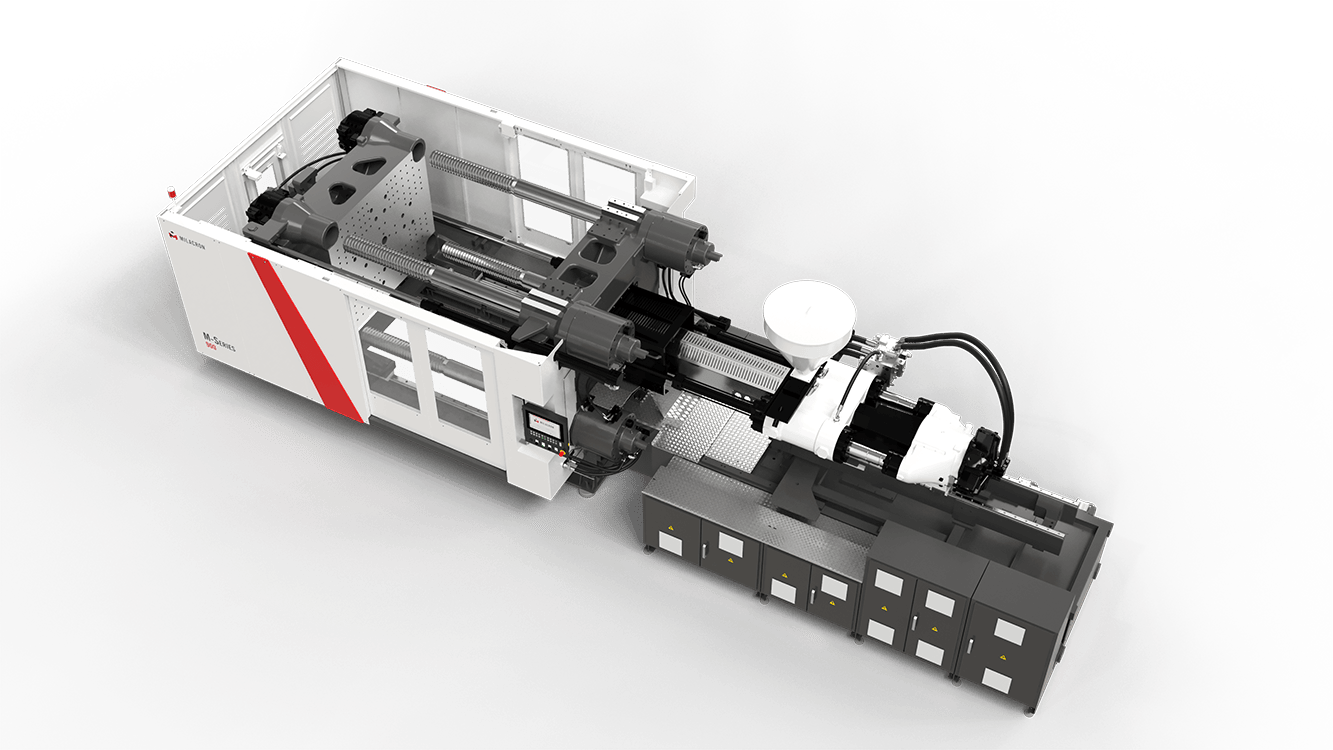Making sure your plastic injection molding machine is level and parallel is a crucial part of preventative maintenance, but what does it mean to make your machine level and parallel? And what steps can you take to ensure your machine stays that way? In this post we’ll answer these questions and dive into the specifics.
What is level and parallel?
Essentially, level and parallel means your machine is operating in a linear fashion (clamp and injection unit). To accomplish this, several key components of the injection machine need to be in alignment with respect to each other and with your factory floor. Overall, the machine itself should be level and parallel to the leveling pads under the machine. The stationary and moving platen also need to be perpendicular to the base of the machine.
In order to keep your machine operating correctly, we typically recommend an allowance of .0005” per foot across the face of the platen (between the tie bars). This tight tolerance means you most likely won’t be able to tell if your machine is out of alignment by sight. However, there are a few tell-tale signs that can indicate you need to check the alignment of your injection molding machine.
What are signs my machine is out of alignment?
While there are numerous indicators that your machine might be out of alignment, here are the three most common issues you’ll encounter.
1. Nut lock assemblies on the moving platen/clamp cylinder start hanging up or sticking. When the nut locks hang up, you’ll get alarms and the machine will not run. This shows something may have changed with the level or parallel of the machine.
2. Clamp velocity slowing down. This will typically be due to uneven grease flow to the rods and skate ways. You should be able to see the uneven grease flows and your rods and skate ways will start getting hot.
3. Mold flash and uneven wear to the mold leader pins. If the mold is not square and parallel, then you’ll start seeing increases in mold flashing.
Why would my machine get out of level/parallel?
The most common reasons machines fall out of alignment is due to settling over time. As you change molds with different mold heights and weights, the center of balance changes. This may cause the moving/stationary platen to tip inward.
We recommend thoroughly checking level and parallel at least once every quarter. You should make this part of your preventative checks along with weekly visual reviews that involve inspecting the leveling pads to make sure there is weight on the pads. Other visual inspections include making sure there is good grease flow on strain rods and skate ways.
How can I realign my machine?
Unless you have qualified and properly trained maintenance technicians to realign your machines, we do not recommend trying to level and parallel your machines yourself. Our field service technicians only use calibrated, precision instruments to properly ensure level and parallel. Most companies don’t have all the needed tooling to accomplish the task.
If you think your machine needs realigned, we suggest giving us a call. Our field service technicians can help you get your machine back up and running and will help you avoid costly downtime.
Scott Mason
Technical Support and Parts
1-800-288-830



